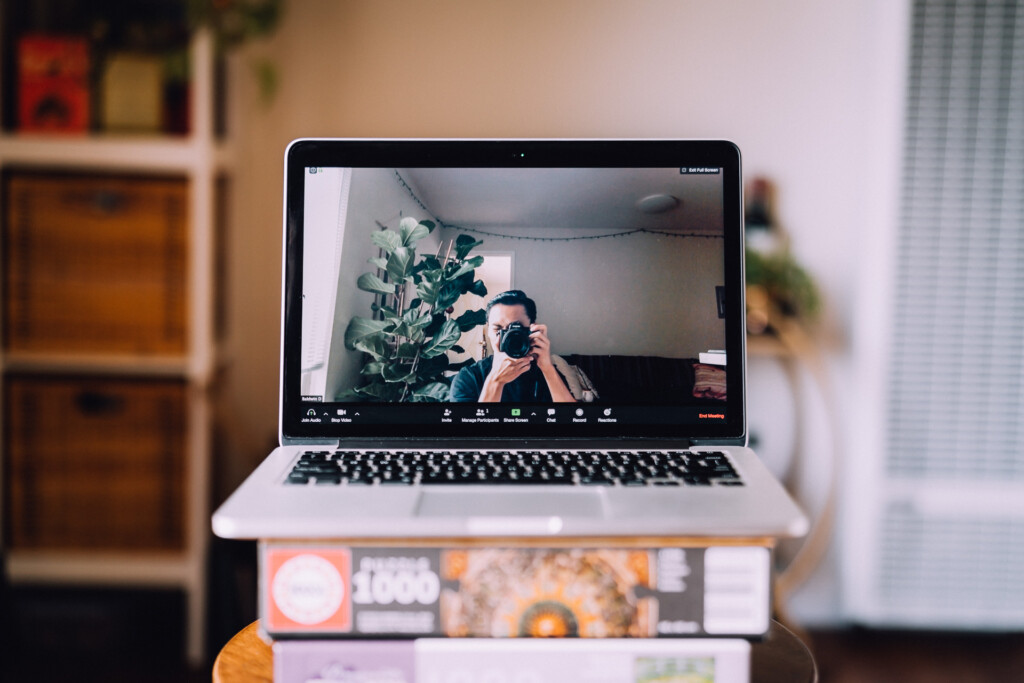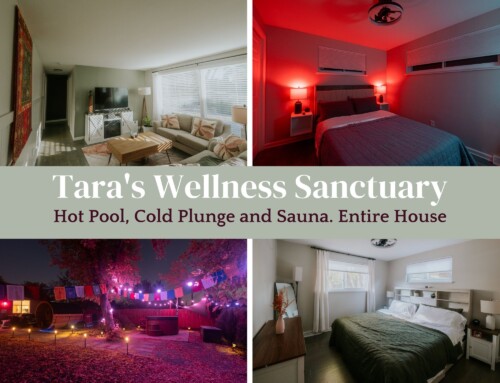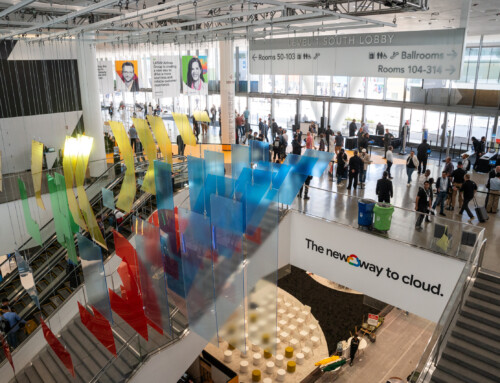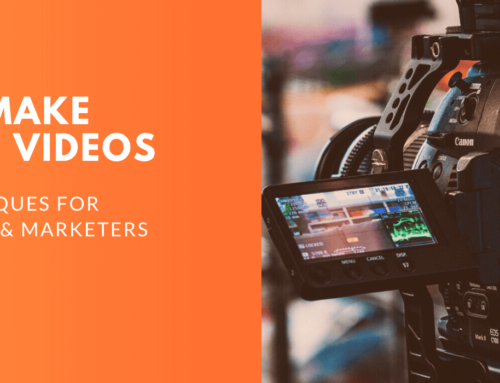
As we all are adjusting to the quarantine orders from these COVID-19 restrictions, one thing that is certain to come out of this time is the rise of video conferencing. Whether it’s the popular Zoom application, or Google Hangouts/Meet, or Skype of any of the other platforms, we’re all learning how to navigate the transition to working digitally. And while it may seem like a very simple task to attend a video call, there is some etiquette to be applied if you want to look your best on the small screen.
And being a video and photography agency, we thought it might be helpful to provide some tips from our perspective to give you that professional edge among your peers.
Correctly Position Your Camera
A lot of people will take their video calls from their phones and will hold it in front of them around the level of their chest or stomach area. But we’re sorry to let you know that one of the worst angles to hold the camera is usually from a low level because people can mostly only see your chin!
Most of us will be taking our calls on a laptop and the easy thing to do is just place it on the table or surface in front of you. But the same situation applies here, you don’t want people looking up at your chin and nostrils. They prefer to look you in the eyes! Especially if they haven’t had much human connection recently.
So avoid having the camera facing up at you. Ideally, the most flattering angle is just above the eye level so you are looking slightly up at the camera. If you think about the selfie angle and why it’s so popular, it follows these same principles; the body and face appear slimmer and in a flattering inverted-triangle shape.
For your video conferences, the straight-on eye level angle will do just fine as well. So if you’re just using a normal table, stack some books under it to raise the camera level. And don’t forget to center yourself in the middle of the screen so it’s not too distracting.
Proper Lighting
Have proper lighting directed onto your face. But also avoid being backlit because it will flood the screen with light and you end up looking like a really dark silhouette. So to prevent this, if you have a window or light source, make sure it’s in front of you (or slightly to the front and side) instead of behind you.
This way, the light is shining directly on your face and prevents unwanted shadows or dark areas, making your face unclear. Artificial lights like ring lights or ones you can mount on your screen are also great options if you want something more consistent (sometimes the weather doesn’t want to cooperate). But also remember that your computer screen is also a source of light so if it’s too bright you can completely wash out your face, making you look like a ghost!
Background
Keep some separation between you and the background. If you’re too close and you have objects in your background that are in focus, it may be distracting for your viewers. Keep the background clean and decluttered. You may like having something interesting in the background like books, photos, or decorative objects, but nothing should distract the viewers from you. Most people try to keep just one area in their home nice and clean (and admittedly everywhere else is a mess) so if you want to go that route then you’re in good company. But if this isn’t an option, you can always set up a virtual background.
Stay Focused and Attentive
Don’t fiddle around – learn to be still and focused because excessive movement can be distracting for your viewers. Also make sure you aren’t multitasking and doing other things while on your call. I’ve heard stories of video interviews where you can actually see the other person browsing on their phone and it was completely off-putting. Since you’re already in the comfort of your home most of the time, make some effort to stay focused throughout that hour or more so the other participants don’t feel like they’re wasting their time!
Audio
If you’re using a microphone, be sure to test the equipment to make sure others can hear you. You should also know when to turn your audio off – when you’re not speaking. You’d be surprised how many sounds your microphone can pick up so muting yourself will allow others on the call to easily hear who’s talking and what they’re saying. In that same vein, you’ll want to avoid areas with ambient noise like wind, other people, etc.
Another small tip is to not do your calls in a small space with a lot of hard surfaces (walls) because your voice can bounce off them and produce an echo. So an open space is more preferable.
Other Tips
You can try out the “Touch Up My Appearance” option on Zoom to soften your features, similar to what a photo filter does on Instagram.
Arrive a bit early so you have time to test your software and check your appearance, so you can look for anything that is out of place.
Final Words
The reason this is important to consider is because since in-person interactions have all but stopped, it’s so important nowadays to feel a sense of connection to whoever it is you’re video chatting with. By setting up your video calls so your appearance is clear to your viewers and you’re present and engaged in the meeting, there’s much more of a sense of human connection added to the experience. Hopefully these tips have given you some ideas so you can take some time to focus on these aspects and consider how you want to present yourself to your peers.





